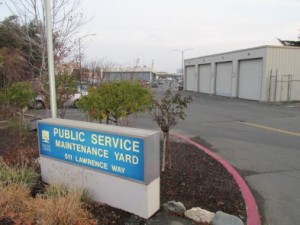As part of a major project I’m working on with the Philadelphia-based Wyncote Foundation, I’ve been spending a lot of time on the websites of cultural organizations; looking at their apps, social media projects, and other digital channels; visiting them to see projects first-hand; and talking with them about the capabilities and resources needed to do the work.
In the course of this research I’m engaging with interesting people and seeing a lot of terrific work and so I’ve decided to start blogging about it, in part to engage all of you in the journey. (Besides, maybe you can help.)
First up is an example of extreme transparency on the business side of a cultural enterprise – at least by the standards of U.S. cultural nonprofits. It’s easily discoverable on the website of the Tate in England. An early and persistent leader in all-things-digital (more on that another time) the Tate’s leaders also are modeling their explicit strategy of creating “a digital dimension to everything we do†by doing something other organizations could do, but most don’t. The Tate has created a transparent and content-rich “About†section of their website. It even looks good.
I won’t recount all the things that are there, just a few highlights to entice you to look around for yourself.
Try these for appetizers:
- Board minutes going back to 2009
- Information about how to become a Board member
- Interactive organizational charts with bios of people in leadership positions and their salaries
- Position papers, existing and historical, on topics like digital strategy and diversity strategy
- A digital metrics dashboard with updated monthly results
- Research and evaluation reports across all departments and activity areas, like this report on understanding visitors’ use of the on-line collection and this section on research-in-progress throughout the organization
- A link to this interesting archive of the Tate’s websites going back to 2004
Organizations of every size have all kinds of enterprise information they’ve never catalogued for sharing with the public. In fact a lot of website sections called “About Us†are a sort of corporation yard that is both disorganized and ugly. I speak from experience, having combed dozens of these sections over the years for a variety of purposes.
Interactivity depends on openness and transparency – on offering ideas, processes, and information substantive enough to make interaction worth it for the participant. If you’re a leader reading this, what’s stopping you from pursuing radical transparency and reaping the benefits of deeper engagement and interaction with the public, and with policymakers, researchers, and funders?
I asked John Stack, Head of Digital at the Tate, about this. “In terms of advancing our digital strategy across the Tate, we thought we should model the needed behaviors.†Bravo.
Know of other interesting examples? Would love to hear about them.

